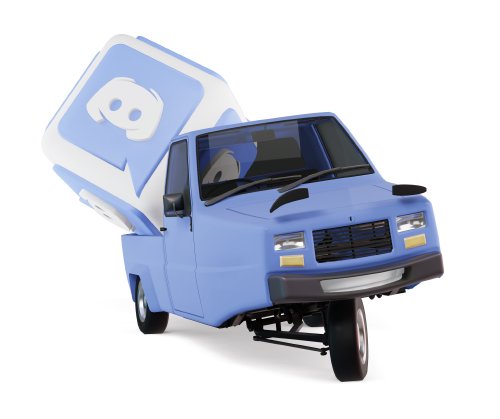
This feature is supported as of BeamNG.tech and .drive version 0.3.7.8 to latest.
Quads are a way of placing two triangles at the same time. They share all of the triangle properties. A quad with nodes n1, n2, n3, n4 will create 2 triangles with the nodes n1, n2, n3 and n3, n4, n1 respectively, effectively creating a quadrangle. As with triangles, the nodes forming a quad should be chosen in a counter-clockwise order.
Quads are rarely used, mostly for surfaces that are perfectly rectangular. Even though there is no technical disadvantage of using them, they make it somewhat harder to understand the Jbeam files, especially when used together with triangles.
"quads": [
["id1:","id2:","id3:","id4:"],
["a", "b", "c", "d"],
],
The available triangle types are :
“NORMALTYPE” : Used for most applications
“NONCOLLIDABLE” : Have no collisions or aero. Used to keep the anticlip system working with nodes that have collisions but no triangles like suspension and exhaust.
0.37.5.0 the following physics materials are available:METAL, PLASTIC, RUBBER, GLASS, WOOD, FOLIAGE, CLOTH, WATER, ASPHALT, ASPHALT_WET, SLIPPERY, ROCK, DIRT_DUSTY, DIRT, SAND, SANDY_ROAD, MUD, GRAVEL, GRASS, ICE, SNOW, FIRESMALL, FIREMEDIUM, FIRELARGE, SMOKESMALLBLACK, SMOKEMEDIUMBLACK, STEAM, RUMBLE_STRIP, COBBLESTONE, FOLIAGE_THIN, SPIKE_STRIPThe allowed values are “in” and “out”, leaving the argument empty will result in no bias. On the biased side, collision triangles will be physically ’thicker’ than on the other, with the collision being detected earlier. Thicker collision means less chance of clipping through on high speed impacts, thinner means the structures can be positioned closer to each other on spawn.
This is useful for very small objects that will typically only collide with things from one side.
"quads": [
["id1:","id2:","id3:", "id4:"],
{"dragCoef":15},
["er_l1l","er_l3l","er_l4l", "er_l2l"],
["er_l1r","er_l2r","er_l4r", "er_l3r"],
{"dragCoef":0},
{"group":""},
],
Was this article helpful?
